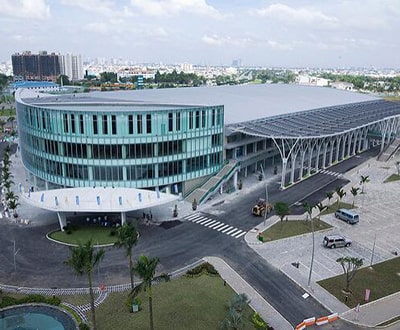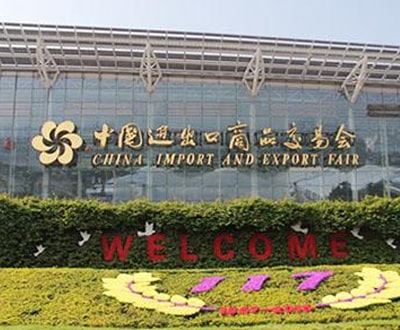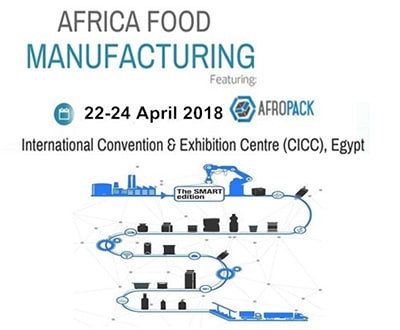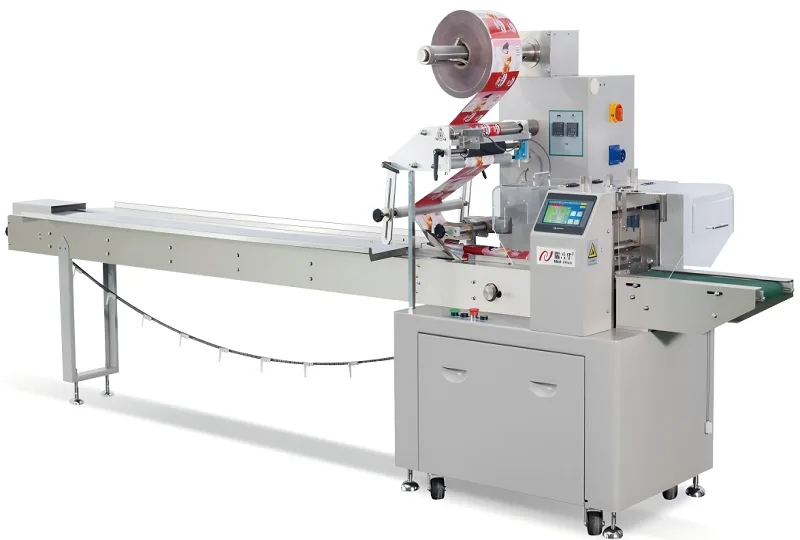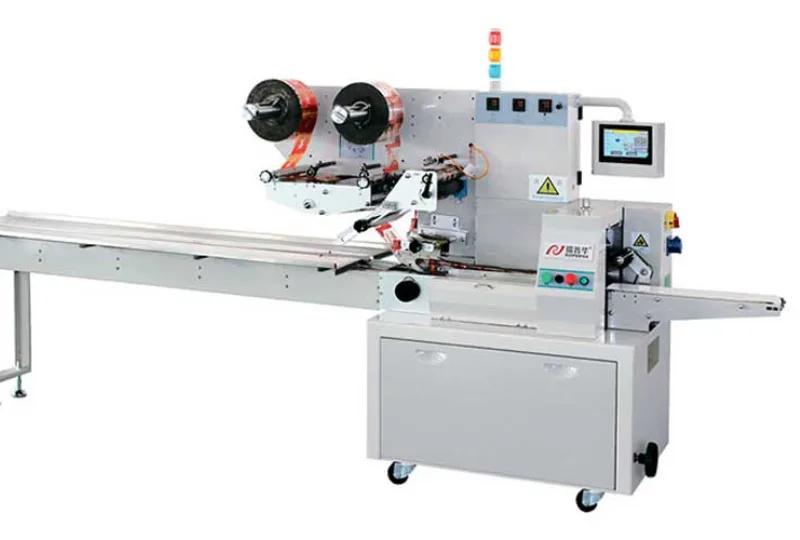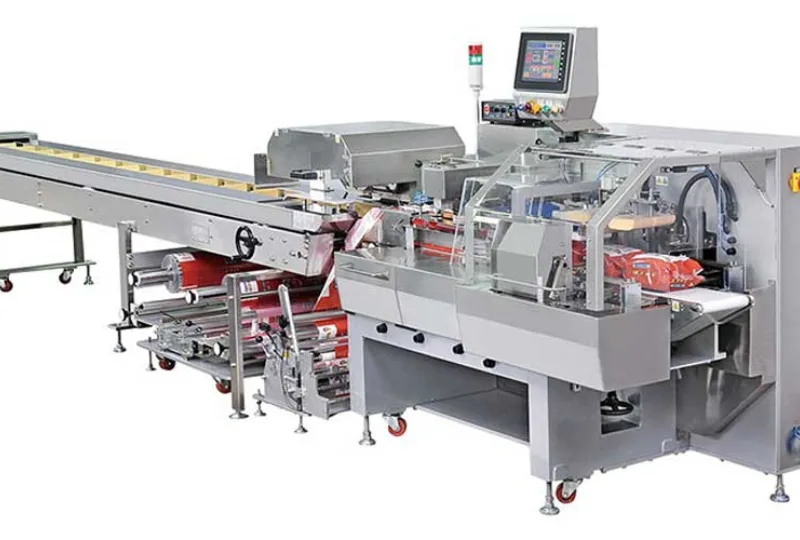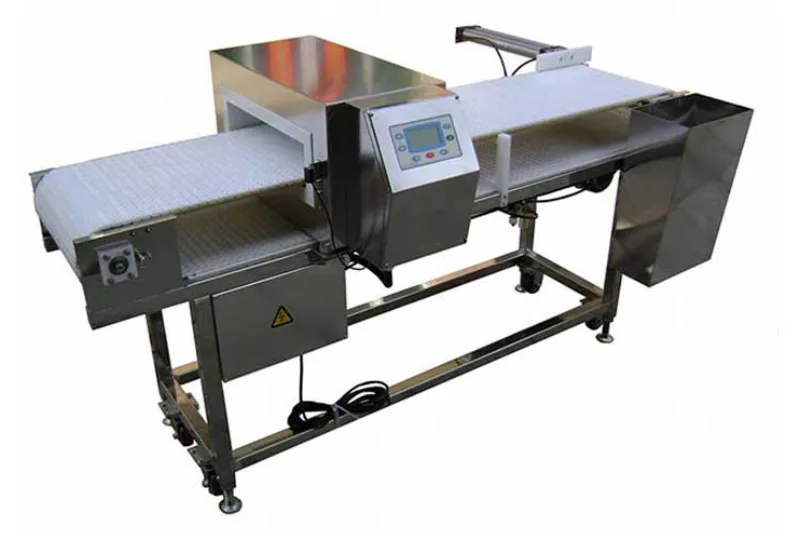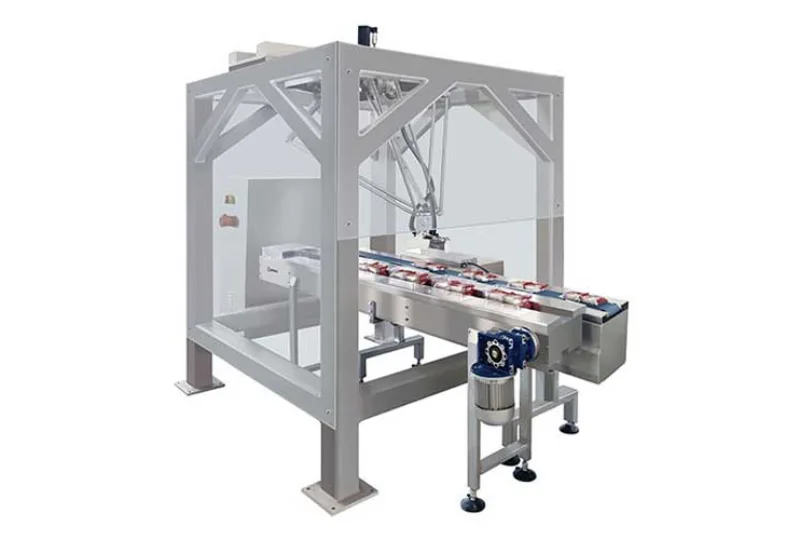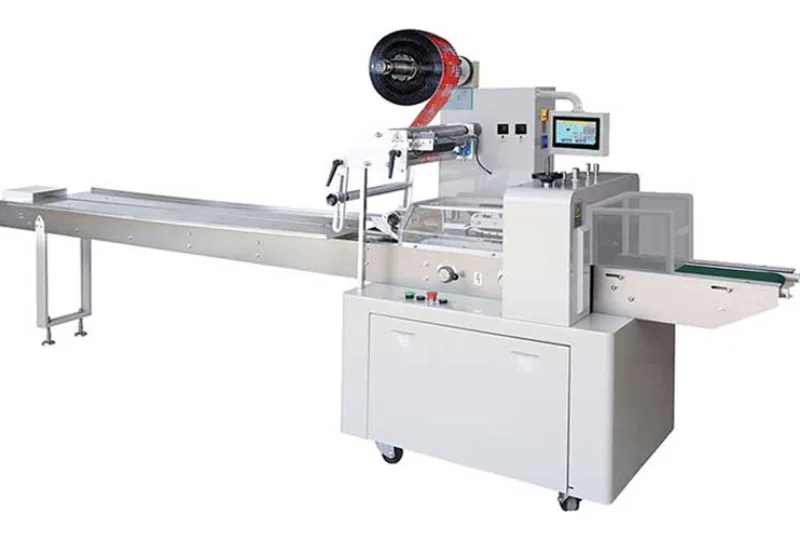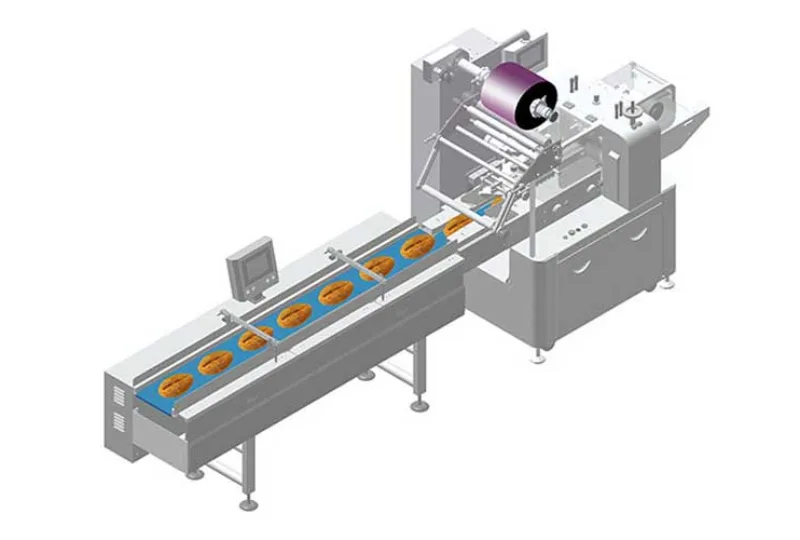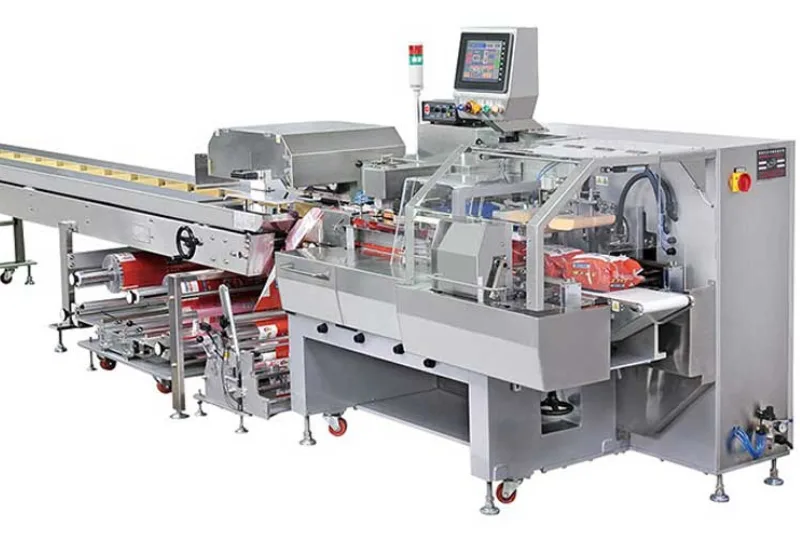Comparing Cake Wrapping Machines with Manual Wrapping Solutions
Introduction
In the field of cake production, the packaging process is crucial for preserving the freshness, presentation, and overall appeal of the cakes. While manual wrapping has been traditionally used for cake packaging, automated cake wrapping machines have emerged as a viable alternative, offering significant advantages in terms of efficiency, consistency, and cost-effectiveness. This article provides a comprehensive comparison of cake wrapping machines with manual wrapping solutions, highlighting their respective strengths and limitations.
Speed and Efficiency
Cake Wrapping Machines: Automated cake wrapping machines are designed to operate at high speeds, significantly reducing the time and effort required for packaging cakes. They utilize conveyor belts and specialized wrapping mechanisms to automate the entire wrapping process, eliminating the need for manual labor. This increased speed and efficiency translates to a higher volume of packaged cakes per unit of time, enabling bakeries and confectioneries to meet high-volume demands efficiently.
Manual Wrapping: In contrast, manual wrapping involves the manual application of packaging materials, such as cellophane or parchment paper, around the cake. This process is inherently slower and more labor-intensive, requiring skilled workers to perform the task efficiently. Manual wrapping is suitable for small-scale production or when customization is required, but it may become a bottleneck in high-volume operations.
Consistency and Quality
Cake Wrapping Machines: Automated cake wrapping machines provide consistent and high-quality wrapping results. They use precisely calibrated wrapping mechanisms and pre-cut packaging materials to ensure that each cake is wrapped uniformly and tightly. This consistency in wrapping ensures that the cakes are adequately protected from external factors and maintain their freshness and visual appeal.
Manual Wrapping: While skilled workers can achieve a high level of consistency in manual wrapping, the process is inherently more prone to variations. Human factors, such as fatigue or distractions, can affect the tightness and uniformity of the wrapping, resulting in inconsistent packaging quality. These variations can impact the shelf life and presentation of the cakes.
Cost-Effectiveness
Cake Wrapping Machines: Automated cake wrapping machines offer long-term cost benefits due to increased efficiency and reduced labor costs. The high speed of these machines allows bakeries to produce a larger volume of packaged cakes with the same workforce, reducing the per-unit wrapping cost. Additionally, the machines eliminate the need for additional training and supervision of manual labor, further reducing operating expenses.
Manual Wrapping: Manual wrapping typically requires a dedicated workforce, resulting in higher labor costs. As the volume of cakes to be packaged increases, the labor costs can become a significant expense. Moreover, the manual process may require more packaging materials due to potential variations in wrapping tightness, leading to additional material costs.
Hygiene and Food Safety
Cake Wrapping Machines: Automated cake wrapping machines comply with stringent food safety regulations. They utilize closed wrapping systems and automated material handling to minimize the risk of contamination. The machines are designed to minimize human contact with the food product, ensuring that the cakes maintain their hygiene and freshness.
Manual Wrapping: Manual wrapping involves direct human contact with the food product, which can increase the risk of contamination. Workers must adhere to proper hygiene practices and wear appropriate protective gear to prevent the transfer of microorganisms to the cakes. However, it is more challenging to maintain consistent hygiene standards throughout the manual wrapping process compared to automated machines.
Customization and Flexibility
Cake Wrapping Machines: Most automated cake wrapping machines offer some level of customization, allowing bakeries to tailor the wrapping process to their specific needs. They can accommodate various cake sizes and shapes, and some models provide options for decorative wrapping or the integration of labels or ribbons. However, the level of customization is generally limited compared to manual wrapping.
Manual Wrapping: Manual wrapping offers the highest level of customization and flexibility. Workers can manually adjust the wrapping materials and techniques to accommodate any cake size, shape, or design. This flexibility allows bakeries to create unique and personalized packaging solutions for special occasions or limited-edition products.
Conclusion
The choice between cake wrapping machines and manual wrapping solutions depends on the specific needs and priorities of the bakery or confectionery. Automated cake wrapping machines offer significant advantages in terms of speed, efficiency, consistency, cost-effectiveness, and hygiene. They are ideal for high-volume operations and bakeries seeking to optimize their production processes. Manual wrapping remains a viable option for small-scale production, customization, and specialized wrapping requirements. By carefully considering the factors outlined in this comparison, bakeries can make an informed decision that aligns with their unique needs and goals.
-
01
Automatic Tray Loading and Packaging Equipment: Boost Efficiency to 160 Bags/Minute
21-11-2025 -
02
Automatic Soap Packaging Machine: Boost Productivity with 99% Qualification Rate
21-11-2025 -
03
A Deep Dive into Automatic Toast Processing and Packaging System
18-11-2025 -
04
The Future of Bakery Production: Automated Toast Processing and Packaging System
18-11-2025 -
05
Reliable Food Packaging Solutions with China Bread, Candy, and Biscuit Machines
11-10-2025 -
06
High-Performance Automated Food Packaging Equipment for Modern Production
11-10-2025 -
07
Reliable Pillow Packing Machines for Efficient Packaging Operations
11-10-2025 -
08
Advanced Fully Automatic Packaging Solutions for Efficient Production
11-10-2025 -
09
Efficient Automatic Food Packaging Solutions for Modern Production
11-10-2025 -
10
Advanced Automatic Packaging Equipment for Efficient Production
11-10-2025



